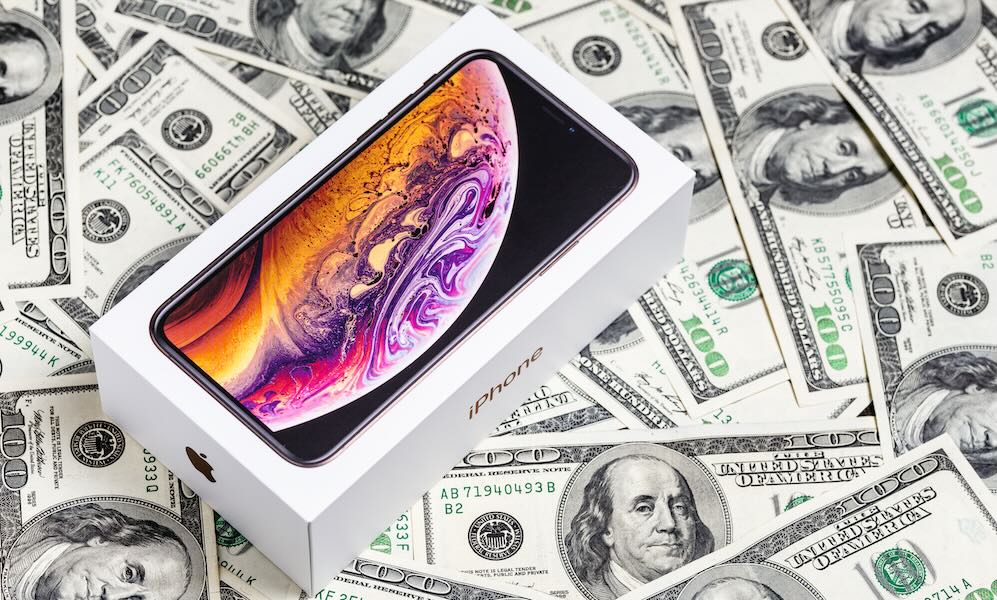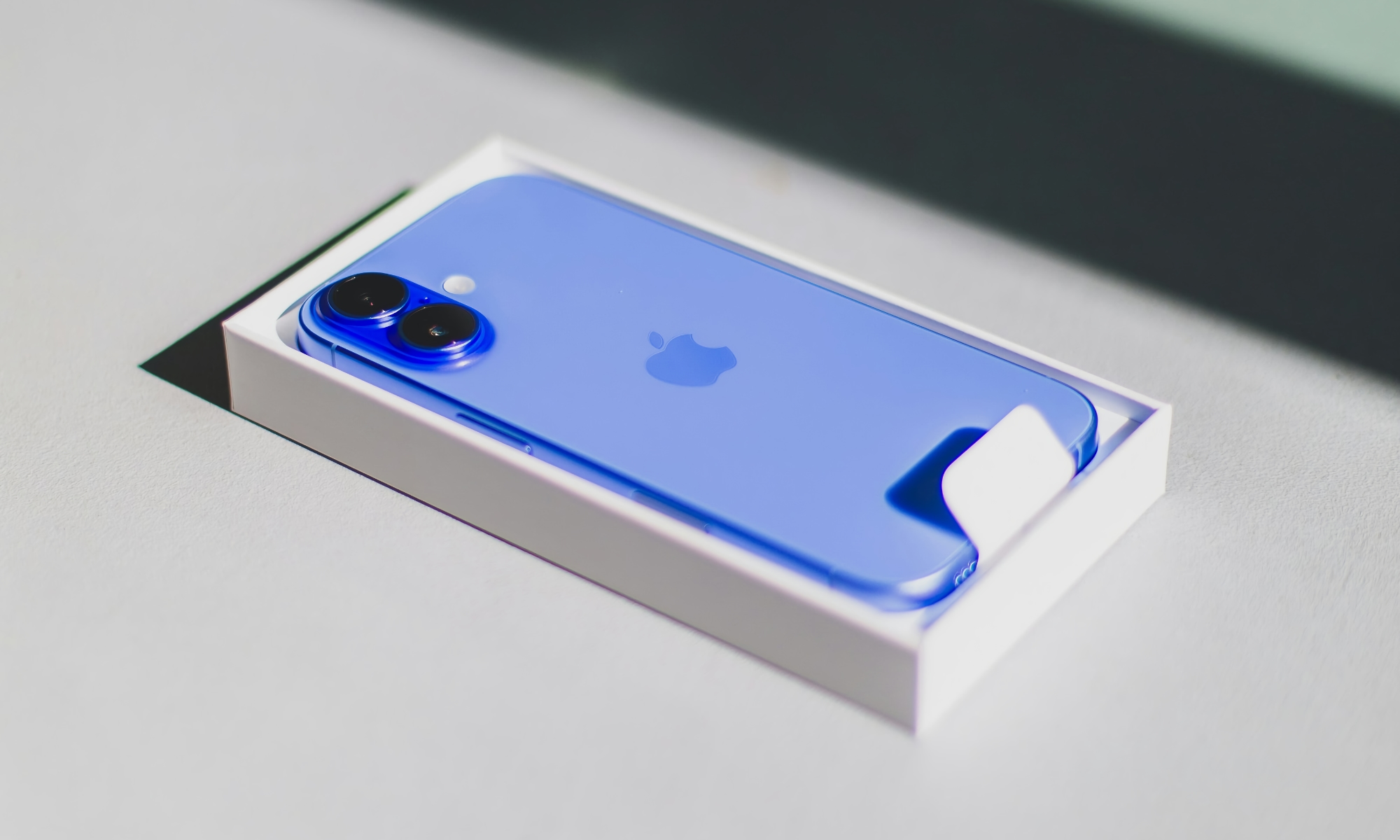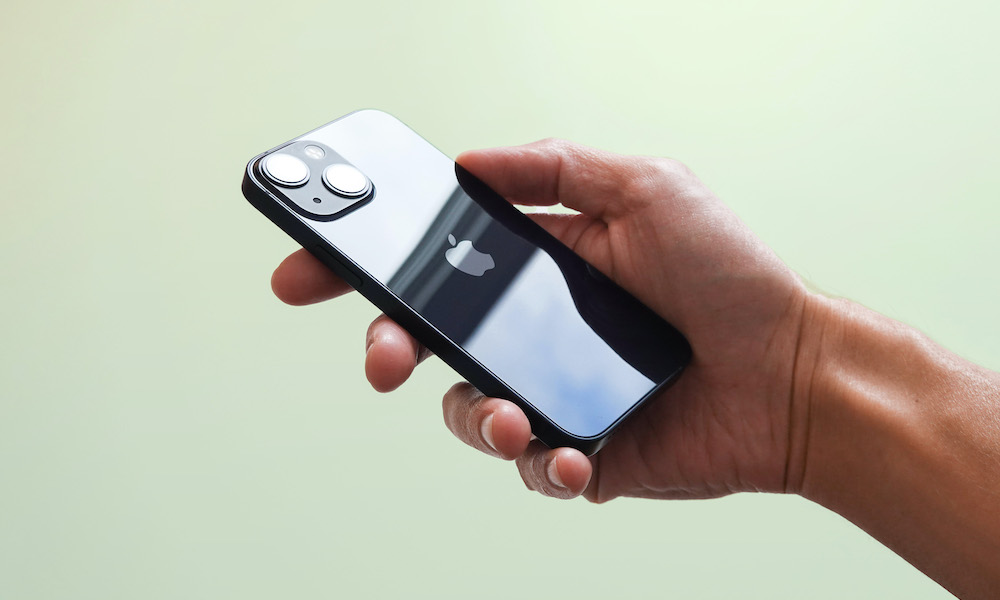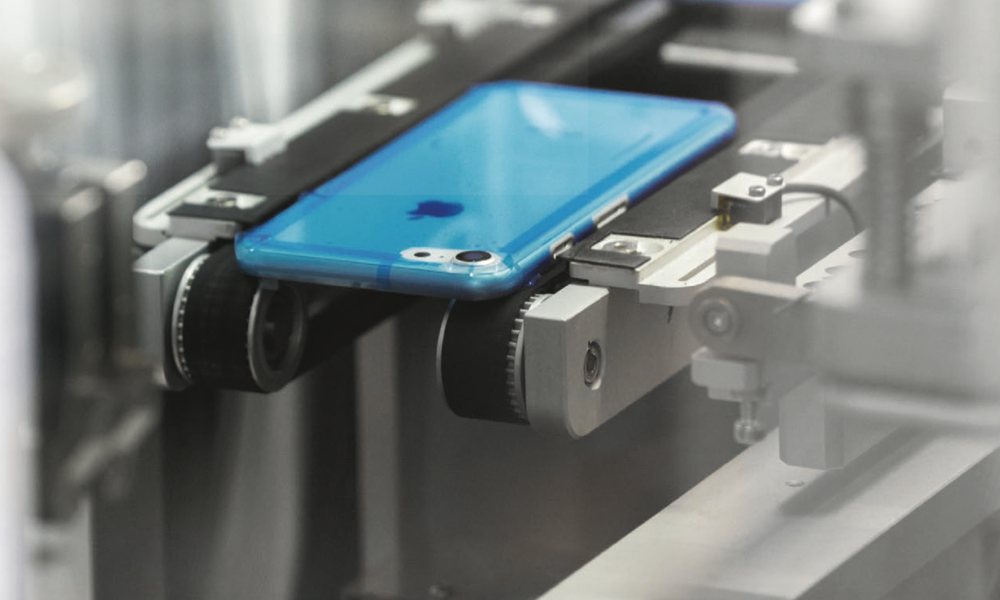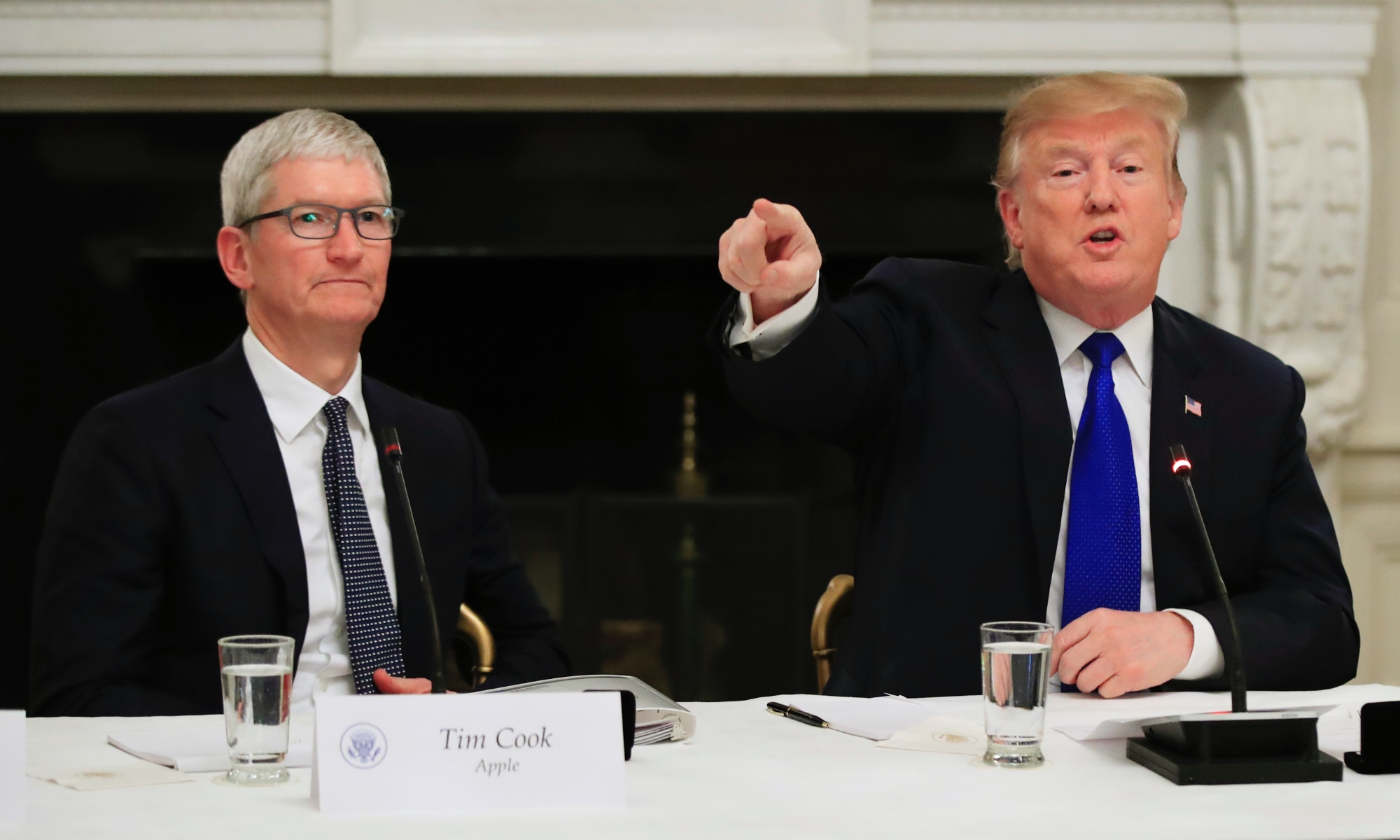Apple Is Likely to Hold the Line on iPhone Prices — At Least For Now
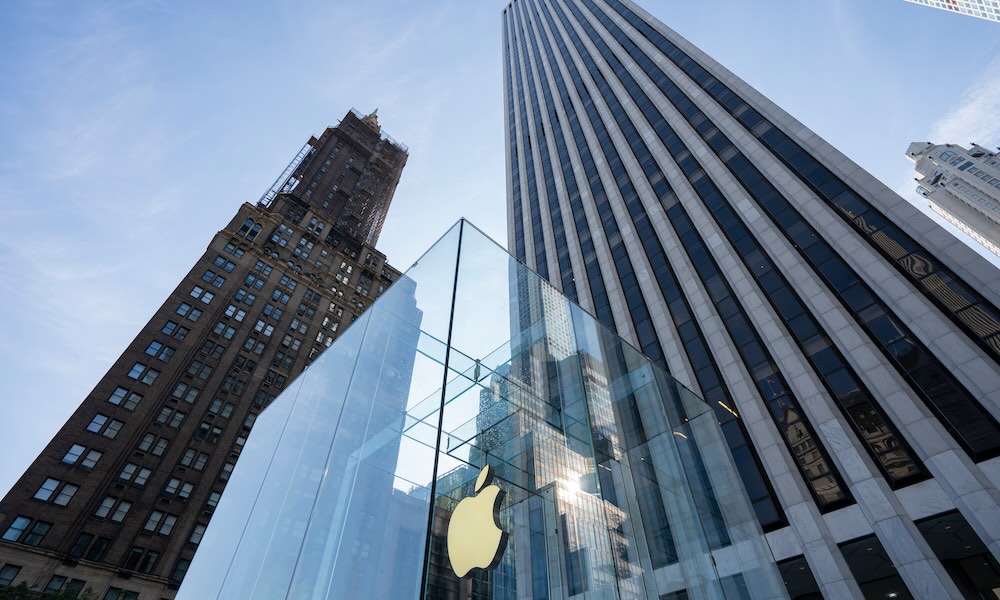 Credit: Tada Images / Adobe Stock
Credit: Tada Images / Adobe Stock
Toggle Dark Mode
It’s been an eventful week for the stock markets as President Donald Trump upended the world economy. During an event dubbed “Liberation Day,” the US President announced sweeping tariffs on almost every country globally.
While some of the tariffs are clearly nonsensical, nobody’s laughing about the 54% tariff that’s in effect for products coming from China. The Trump administration added a new 34% “reciprocal” tariff this week on top of the 20% that had already been levied on China during two earlier rounds.
As we reported yesterday, there’s no way this won’t affect Apple since most of its products are made in China. Several analysts suggest that iPhone prices could increase by as much as 43%, pushing the price of a standard iPhone 16 from $799 to somewhere in the neighborhood of $1,150.
Apple’s stock prices have also taken a massive tumble alongside the rest of the market, which lost $4.2 trillion in valuation globally in the first 24 hours after the new round of tariffs was announced. Apple has crossed the $3 trillion mark in the wrong direction as it faced a 9.3% drop in share prices — the largest single-day plunge since March 16, 2020, when the COVID-19 pandemic hit the markets hard.
Nevertheless, while some analysts believe that iPhone price hikes are just a matter of time, others are more skeptical.
Market analysts at Counterpoint Research and Morgan Stanley have suggested that Apple will hold off on price increases for as long as possible, and Apple analyst John Gruber agrees — albeit for a different but equally valid reason.
Gerrit Schneemann, a senior analyst at Counterpoint Research, told The Verge that Apple has enough “wiggle room” in its margins to absorb the costs of tariffs in the short term. Analysts estimate Apple makes an average of 38% profit across its iPhone lineup. Some iPhone models are slightly more profitable than others, but it all evens out. “I don’t foresee them… on a short-term basis just raising prices unnecessarily,” Schneemann told The Verge.
A note to investors from Morgan Stanley made a similar prediction, backing it up with knowledge that “Apple has pulled forward some iPhone builds” in anticipation of the tariffs. Translating that from analyst-speak, this means that Apple has already shipped some iPhone 16 inventory into the US before the tariffs came into effect. iPhones that are already in US warehouses and stores won’t be impacted by the new tariffs as they’ve already been imported, which means there’s no need for Apple to sell them at a higher price.
Beyond the financial and supply chain metrics, John Gruber makes another interesting point about Apple’s marketing style. At Daring Fireball, Gruber writes that Apple considers pricing part of its “brand” and is unlikely to give up its price points without a fight.
It’s under-remarked upon, but Apple, to a point of almost obstinance, considers pricing part of the brand for its products. They tend not to raise or lower prices with the ebbs and flows of the world economy or even the obvious constraints of simple supply and demand. Throughout the entire COVID crisis, I don’t recall them changing their prices for anything.
John Gruber
As an example, Gruber cites some of the inscrutable pricing of Apple’s Mac Pro, which has maintained steady price points even in the face of aging hardware and newer and more powerful alternatives. Today, the 2022 M2 Ultra Mac Pro still sells for the same $6,999 it debuted at, even after Apple launched an M3 Ultra Mac Studio last month for $1,999.

This is also evident from years of iPhone pricing. Apple introduced a new $999 price point for the iPhone X, effectively the first “Pro” model. Every iPhone in that class since, from the iPhone XS to the iPhone 16 Pro, has maintained that same $999 starting price, even as Apple has added new capabilities and increased the base storage.
This has also mostly been true with the larger “Max” models; the iPhone XS Max set a new $1,099 pricing tier, and all subsequent models stuck with that price until the iPhone 15 Pro Max. However, Apple sort of cheated on that one by discontinuing the 128GB model; technically, the 256GB iPhone 15 Pro Max sold for the same price as its 256GB predecessor.
Pricing for Apple’s non-pro models has been a bit more variable. The company stuck with a $649 starting price from the iPhone 4S in 2011 until the iPhone 8 bumped that to $699 in 2017. The 2018 iPhone XR was a blip, selling for $749, but the iPhone 11 dropped that back to the $699 mark. The iPhone 12 mini shook things up, as that ended up occupying the $699 spot, while the standard 6.1-inch iPhone 12 went up to $799. Still, Apple stuck to its guns for four years; the iPhone 16 still sells for $799 today.
Gruber makes an educated guess that Apple will maintain its retail prices and take the hit on its margins to “inject its own predictability and stability into the mix.”
Of course, that only affects the iPhone 16 lineup, and most analysts agree that it may be a whole new ballgame when the iPhone 17 comes along. However, there’s hope that Apple will be able to ride out what could be a shorter-term tariff wave.
From what we’ve seen so far, it’s impossible to know how long the current round of tariffs will remain in effect. They may be gone by the time the iPhone 17 lineup is ready to start rolling into US stores. Or, they may not. We’ll have to wait and see.
If Apple still faces higher tariffs in September, there’s a real chance the iPhone 17 may see a price hike. However, it may not be as severe as some analysts believe. It’s clear that Apple likes nice, round numbers, and the company is likely loathe to break the $1,000 barrier for its standard models. There’s a good chance Apple will continue to eat some of the costs caused by new tariffs.
Does Apple Have a ‘Plan B?’
While the ostensible goal of these tariffs is to bring manufacturing back to the United States, that’s not going to happen overnight. In February, Apple committed to investing $500 billion in the US, but that’s over the next four years, and it’s mostly research and development and advanced manufacturing for things like the specialized Private Cloud Compute (PCC) high-end servers needed to support Apple Intelligence.
It’s also not much different than what Apple did four years ago and was already planning for the next four years; it seems the company just issued a press release to help emphasize its contributions to the US economy in light of the new administration’s focus on US-based manufacturing and job creation.
The bottom line is that Apple won’t be able to get any breaks by moving manufacturing into the US — at least not anytime soon. The iPhone 17 lineup is still going to be made mainly in China. Apple’s supply chain diversification means it may produce some in other places like India or Vietnam. However, those countries aren’t immune to Trump’s tariffs: imports from India still face a 26% tariff, and Vietnam has a new 46% tariff. Those are lower than China, but not likely by enough of a margin to justify the expenses Apple would face in expanding manufacturing in those regions.
Some have hoped that Apple may be able to get an exemption, as it did in Trump’s first term. At the time, CEO Tim Cook made a ‘good case’ to the President against tariffing Apple products, convincing Trump that Apple would be at a disadvantage to Samsung since it didn’t pay tariffs on products from its home country of South Korea.
However, under the new plan, South Korean imports now face a 26% tariff. That’s only half of what the US has slapped on China, but it still levels the playing field. With Trump’s mercurial nature, the President might be just as likely to raise South Korean tariffs as to lower or exempt Apple from Chinese ones.
More significantly, this round of tariffs is very different from the last time. During Trump’s first term, the administration was engaged in a specific and targeted trade war with China, and those tariffs were more about China than the US. Trump’s “Liberation Day” tariffs are global and aimed at bringing more manufacturing and jobs into the United States.
These new tariffs have also been implemented through the International Emergency Economic Powers Act (IEEPA), which gives the President the power to levy tariffs by executive order, bypassing Congress. The IEEPA has no provisions for Apple to formally apply for an exemption. While President Trump could issue an executive order excluding Apple products from the tariffs, he has already said there will be no exemptions.
In short, Apple is on its own here. If it’s going to avoid raising iPhone prices — which it almost certainly wants to do — it’s going to have to take an economic hit. Although the company has deep enough pockets to do that, it’s an open question of how long its shareholders will tolerate this. If Apple’s stock prices end up plummeting as a result, it may have no choice but to start charging more for iPhones, iPads, and Macs to ensure it remains profitable enough to satisfy its investors.


